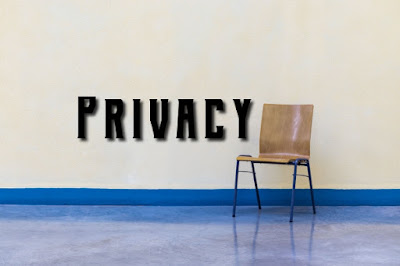Challenges in the internet of things you need to know. I have covered in this post all the top challenges involved.
The challenges are
- Security
- Privacy
- Standards
- Legal
- Development Issues
Security
While security considerations are not new in the context of information technology, the attributes of many IoT implementations present new and unique security challenges. Addressing these challenges and ensuring security in IoT products and services must be a
fundamental priority. Users need to trust that IoT devices and related data services are secure from vulnerabilities, especially as this technology becomes more pervasive and integrated into our daily lives.
- Poorly secured IoT devices and services can serve as potential entry points for cyber-attack and expose user data to theft by leaving data streams inadequately protected.
- The interconnected nature of IoT devices means that every poorly secured device that is connected online potentially affects the security and resilience of the Internet globally.
- This challenge is amplified by other considerations like the mass-scale deployment of homogeneous IoT devices, the ability of some devices to automatically connect to other devices, and the likelihood of fielding these devices in unsecured environments.
As a matter of principle, developers and users of IoT devices and systems have a collective obligation to ensure they do not expose users and the Internet itself to potential harm. Accordingly, a collaborative approach to security will be needed to develop effective and appropriate solutions to IoT security challenges that are well suited to the scale and complexity of the issues.
Privacy
The full potential of the Internet of Things depends on strategies that respect individual privacy choices across a broad spectrum of expectations.
The data streams and user specificity afforded by IoT devices can unlock incredible and unique value to IoT users, but concerns about
privacy and potential harms might hold back full adoption of the Internet of Things.
- This means that privacy rights and respect for user privacy expectations are integral to ensuring user trust and confidence in the Internet, connected devices, and related services. Indeed, the Internet of
- Things are redefining the debate about privacy issues, as many implementations can dramatically change the ways personal data is collected, analyzed, used, and protected.
- For example, IoT amplifies concerns about the potential for increased surveillance and tracking, difficulty in being able to opt out of certain data collection, and the strength of aggregating IoT data streams to paint detailed digital portraits of users. While these are important challenges, they are not insurmountable.
In order to realize the opportunities, strategies will need to be developed to respect individual privacy choices across a broad spectrum of expectations, while still fostering innovation in new technology and services.
Interoperability / Standards
A fragmented environment of proprietary IoT technical implementations will inhibit value for users and industry. While full interoperability across products and services is not always feasible or necessary, purchasers may be hesitant to buy IoT products and services if there is integration inflexibility, high ownership complexity, and concern over vendor lock-in.
In addition, poorly designed and configured IoT devices may have negative consequences for the networking resources they connect to and the broader Internet.
Appropriate standards, reference models, and best practices also will help curb the proliferation of devices that may act in disrupted ways to the Internet. The use of generic, open, and widely available standards as technical building blocks for IoT devices and services (such as the Internet Protocol) will support greater user benefits, innovation, and economic opportunity.
Legal, Regulatory and Rights
The use of IoT devices raises many new regulatory and legal questions as well as amplifies existing legal issues around the Internet. The questions are wide in scope, and the rapid rate of change in IoT technology frequently outpaces the ability of the associated policy, legal, and regulatory structures to adapt.
One set of issues surrounds cross-border data flows, which occur when IoT devices collect data about people in one jurisdiction and transmit it to another jurisdiction with different data protection laws for processing.
Further, data collected by IoT devices is sometimes susceptible to misuse, potentially causing discriminatory outcomes for some users. Other legal issues with IoT devices include the conflict between law enforcement surveillance and civil rights; data retention and destruction policies; and legal liability for unintended uses, security breaches or privacy lapses.
While the legal and regulatory challenges are broad and complex in scope, adopting the guiding Internet Society principles of promoting a user’s ability to connect, speak, innovate, share, choose, and trust are core considerations for evolving IoT laws and regulations that enable user rights.
Emerging Economy and Development Issues
The Internet of Things holds significant promise for delivering social and economic benefits to emerging and developing economies. This includes areas such as sustainable agriculture, water quality, and use, healthcare, industrialization, and environmental management, among others.
As such, IoT holds promise as a tool in achieving the United Nations Sustainable Development Goals.
The broad scope of IoT challenges will not be unique to industrialized countries. Developing regions also will need to respond to realize the potential benefits of IoT.
In addition, the unique needs and challenges of implementation in less-developed regions will need to be addressed, including infrastructure readiness, market, and investment incentives, technical skill requirements, and policy resources.





.jpg)

Comments
Post a Comment
Thanks for your message. We will get back you.